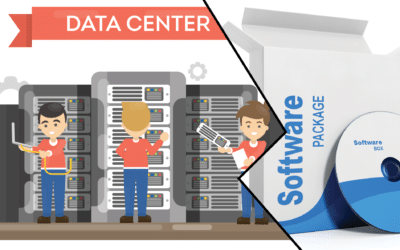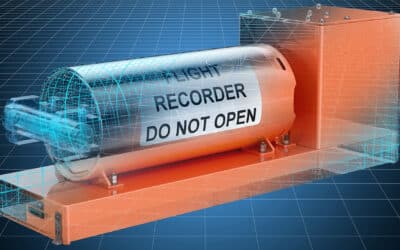Welcome to our Blog
Interesting Parallels: Flight Data Monitoring and Online Product Reviews
A Holiday Insight into Data and Reviews Over the holidays, I found myself sitting at my laptop, sifting through endless online product reviews for a much-needed coffee maker. Amidst this, a curious thought struck me: the process of analyzing these reviews is...
Runway Overruns and Flight Data Monitoring: Another Approach?
Sorry for the bad pun, but at Scaled Analytics, we have been taking a different look at how our customers can reduce the risk of runway overruns through the use of their Flight Data Monitoring programs. Despite the industry’s best efforts, Runway Overruns, or...
Flight Data Monitoring: Incorrect Altimeter Settings
The problem: Recently, we have seen a number of relatively high-profile aviation incidents caused by incorrect altimeter settings. Detecting, and ultimately preventing, these errors is a great application for Flight Data Monitoring or FOQA. Let's see how... In October...
Flight Data Monitoring and FOQA: Data De-Identification
(Note: This article was originally published on October 28, 2020). One of the biggest and most frequent concerns that we hear from operators and pilots that may be new to Flight Data Monitoring or FOQA programs is how we protect the identity of the crew. If you have...
Flight Data Monitoring and FOQA: Why don’t We Just Go Around?
(Note: This article was originally published on October 29, 2020). I was recently reviewing the NTSB’s Accident Report from the Cessna Citation crash involving Dale Earnhardt Jr. and my immediate reaction was, “Not again. Here’s another catastrophic unstable approach...
Top 5 FOQA/Flight Data Monitoring Myths
(Note: This article was originally published on October 29, 2020). At Scaled Analytics, we have been working with flight data in general, and Flight Data Monitoring Programs in particular long enough to see a pattern in the questions we are routinely asked. Whether...
Introduction to Flight Data Monitoring and FOQA
(Note: This article was originally published on November 12, 2020). Flight Data Monitoring (FDM) is certainly nothing new, but as its safety benefits continue to become more realized, this recommended practice is quickly becoming mandatory in some parts of the world....
Flight Data Monitoring Service vs. Software: Which is Best for You?
(Note: This article was originally published on November 16, 2020). If you are considering starting or upgrading a Flight Data Monitoring or FOQA program, you have two main options. You can choose the more traditional route of purchasing software, installing it on...
Flight Data Monitoring and FOQA: Flight Data Recorders
(Note: This article was originally published on December 4, 2020). Introduction In an earlier post, we took a high level look at the main parts of a Flight Operations Quality Assurance (FOQA) or Flight Data Monitoring (FDM) program. In this post, we'll take a more in...









